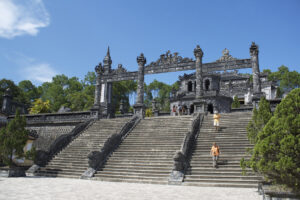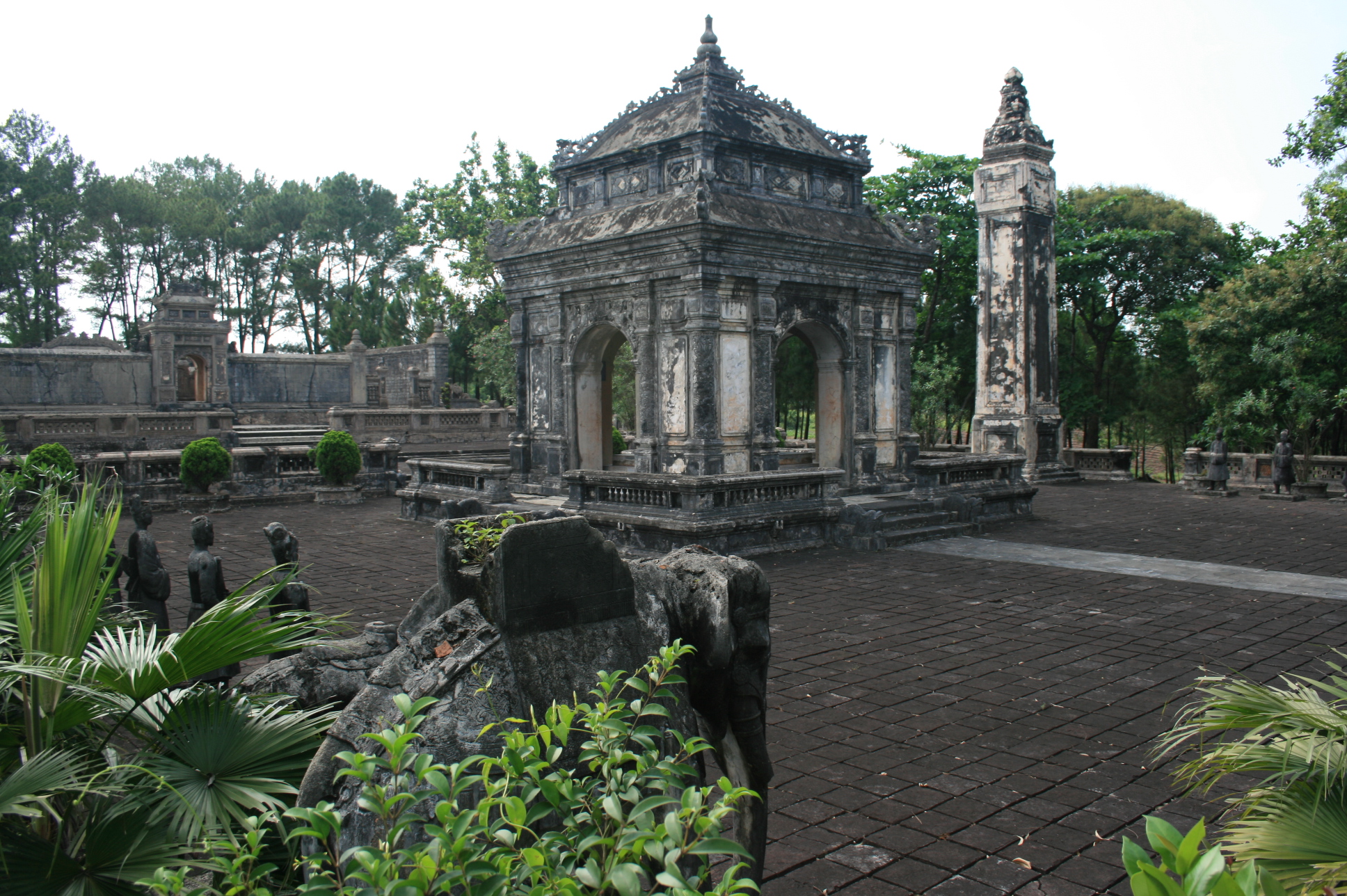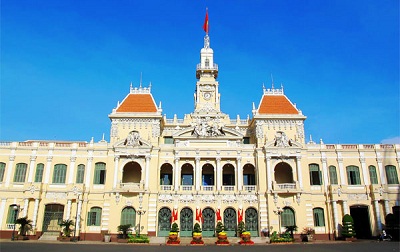- Vietnam Culture
- Vietnam – a perfect country
- The tranquil beauty of Pho
- Geology Museum on Ha Long
- Ha Noi gets the best
- Len Dong: an ancient shaman
- 100 Essential Vietnamese Words for
- Vietnamese Writing
- Vietnamese Langguage
- OX racing festival
- Vietnam National Day
- Vietnam New Year – The
- Perfume Pagoda festival
- Mid-Autumn Festival in Vietnam
- Hung king festival
- Vietnamese Ca tru
- Vietnamese Kites — History and
- Vietnamese Lanterns — What They
- Vietnamese Embroidery
- Vietnam is a culturally diverse
Historical Majesty of Hue Citadel
Hue Citadel, located in the heart of Hue City, Vietnam, is one of the most iconic and historically significant landmarks in the country. Recognized as a UNESCO World Heritage Site in 1993, the Citadel is a masterpiece of Vietnamese architecture and a treasure trove of cultural and historical heritage. It serves as a vivid reminder of Vietnam’s imperial past, making it a must-visit destination for history enthusiasts and travelers alike.

A Brief History
The Hue Citadel was constructed in 1805 during the reign of Emperor Gia Long, the founder of the Nguyen Dynasty. The Nguyen Dynasty ruled Vietnam from 1802 to 1945, making Hue the political, cultural, and religious center of the country for over a century. The Citadel was modeled after the Forbidden City in Beijing but infused with distinct Vietnamese architectural elements and geomantic principles based on feng shui.
The fortress complex, strategically situated along the banks of the Perfume River, served as the imperial capital. It was the residence of the Nguyen emperors, their families, and court officials, as well as the administrative hub of the dynasty. Despite suffering significant damage during wars, particularly the Vietnam War, the Citadel retains its grandeur and continues to captivate visitors with its historical charm.
Architectural Marvel
The Hue Citadel spans over 520 hectares and is enclosed by thick stone walls and a moat. The structure is a harmonious blend of traditional Vietnamese design, military architecture, and East Asian influences. It consists of three concentric areas:
- The Imperial City (Hoang Thanh): This was the administrative and ceremonial center of the Nguyen Dynasty. It houses important structures such as the Noon Gate (Ngo Mon), the Thai Hoa Palace (Palace of Supreme Harmony), and the Hall of Mandarins, where imperial ceremonies and state affairs were conducted.
- The Purple Forbidden City (Tu Cam Thanh): This inner sanctum was the exclusive domain of the emperor and his immediate family. Access to this area was restricted, symbolizing the divine status of the emperor.
- The Defensive Perimeter: Surrounding the Imperial City is a massive wall system, with bastions, gates, and a network of canals for defense. The Citadel’s military architecture reflects its strategic importance during the Nguyen era.
Cultural Significance
Hue Citadel is not only an architectural masterpiece but also a cultural and spiritual symbol. It showcases the Nguyen Dynasty’s dedication to preserving Vietnamese traditions while embracing foreign influences. The Citadel contains numerous temples, shrines, and gardens that celebrate Confucianism, Buddhism, and local customs.
The annual Hue Festival, a vibrant cultural event, often brings the Citadel to life with traditional performances, exhibitions, and reenactments of imperial ceremonies. This event highlights the enduring cultural significance of the Citadel and its role in promoting Vietnam’s heritage.
Visiting the Hue Citadel
Visitors to the Hue Citadel can explore its extensive grounds and marvel at its intricately decorated halls, serene courtyards, and picturesque gardens. The Noon Gate serves as the main entrance, offering a grand introduction to the complex. Guided tours provide fascinating insights into the history and significance of the various structures.
Efforts are ongoing to restore and preserve the Citadel, ensuring that future generations can continue to experience its historical and cultural value. As you walk through its ancient halls and pathways, you’ll feel transported back in time, gaining a deeper appreciation for Vietnam’s rich history.
Hue Citadel stands as a testament to the grandeur and resilience of Vietnam’s imperial heritage. It is a place where history comes alive, inviting visitors to immerse themselves in the stories of emperors, artisans, and warriors who once graced its grounds. A visit to Hue Citadel is not just a journey through time—it’s an opportunity to connect with the soul of Vietnam.














